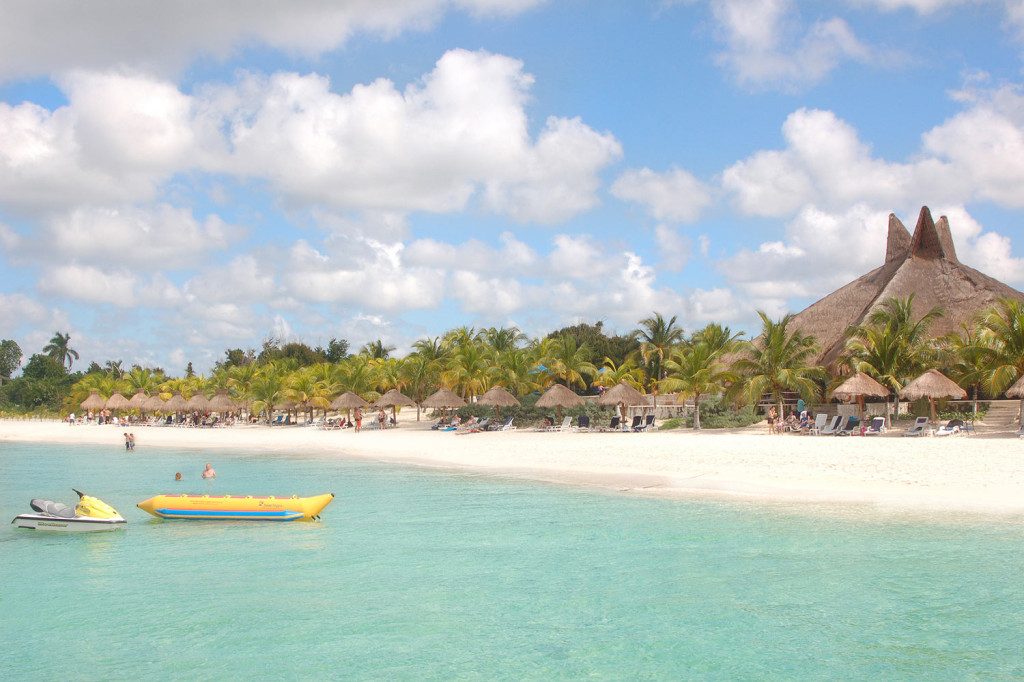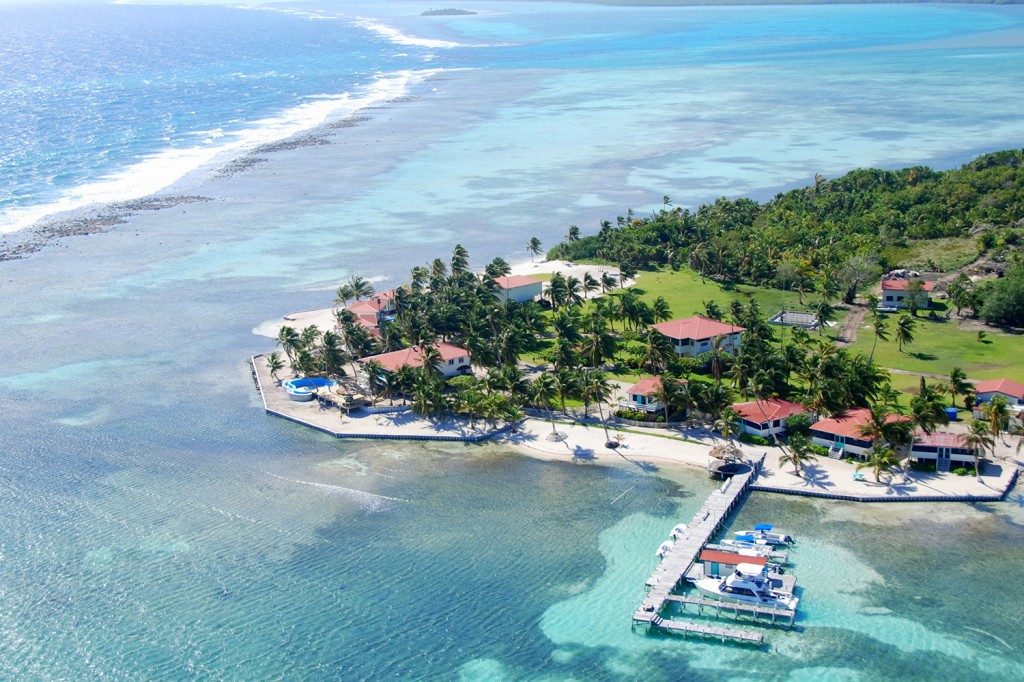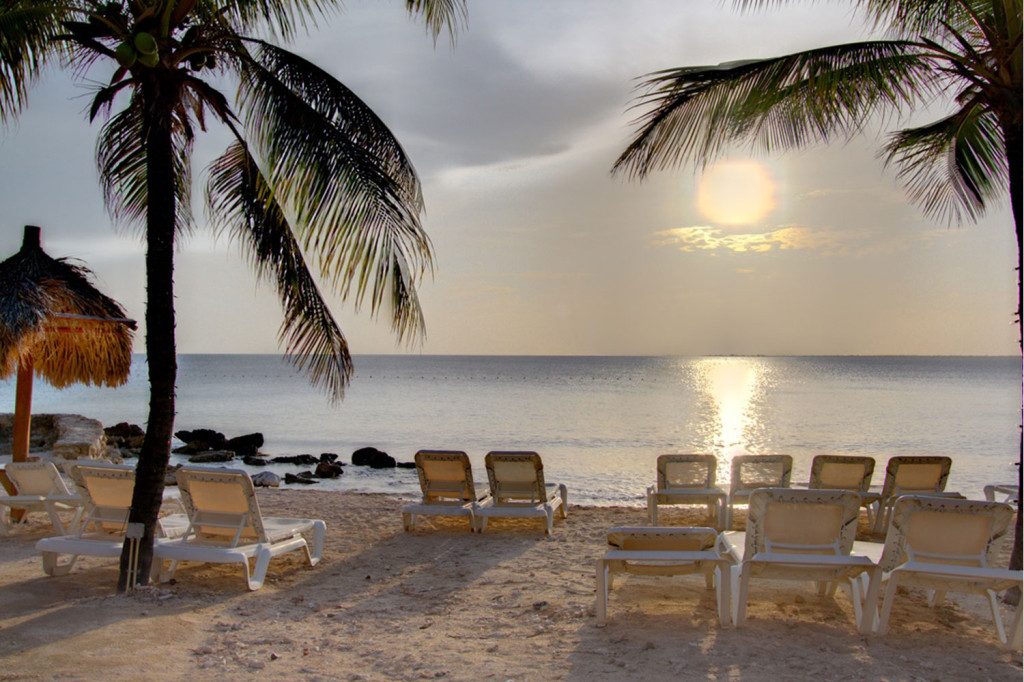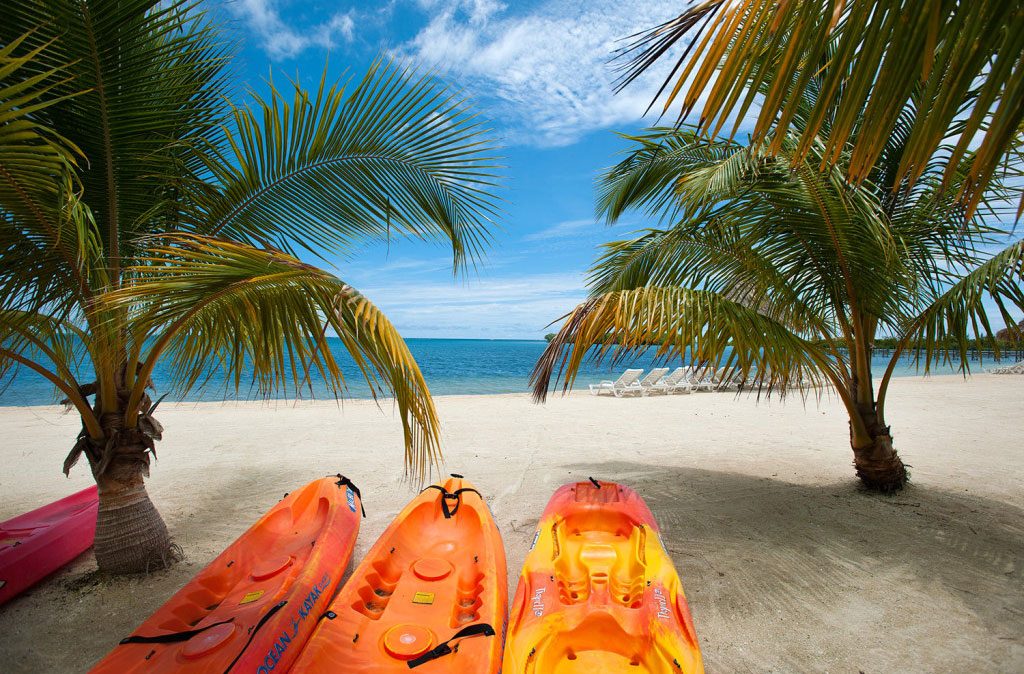Must Dive Destinations in the Caribbean

Must Dive Destinations in the Caribbean
Please join me in exploring these remarkable destinations.

Belize: Turneffe Atolls
Located about 32 km (20 miles) from Belize City, Turneffe Atolls often described as a captivating destination for the visitors. Its reef is part of the Mesoamerican Barrier Reef System, the second-largest coral reef system in the world after the Great Barrier Reef in Australia. The official language in Belize is English while Spanish and Creole are widely spoken.
Why visit Turneffe Atoll? Numerous endangered and rare looking marine species such as the White Spotted Toadfish, Goliath grouper, Nurse Sharks, Barracuda, Spotted Eagle Ray would bring the delights for the scuba divers to spot. Occasionally, the whale sharks were seen passing by. There are more than 50 dive sites around the atoll with the southernmost point of the atoll, “the Elbow”, is known for stunning drop-offs that covered by the colorful soft corals. Schooling of large fishes will greet you as you enter the Elbow.
Diving in the Lighthouse Reef and the Great Blue Hole should be included as well. The Lighthouse Reef is known for a diversity of reef landscape; from the sandy bottom, tunnels, caverns, and walls. The Great Blue Hole was introduced by Jacques Cousteau, as one of the top ten scuba diving sites in the world. It is a giant sinkhole in the middle of the sea with a depth of 125 meters (410 ft.). There are not much marine life except few sharks, but the stalactites and stalagmites would be the highlights of the dive as they are unusual underwater landscape. The stalactites and stalagmites are proofs the blue hole was a cave above the seawater thousands of years ago. They were not formed underwater!

The Dutch Caribbean: Bonaire
Bonaire is located next to Venezuela. It is part of the Dutch Kingdom, known as well as the Dutch Caribbean. Its currency is US Dollar, not Euro. The official language is Dutch and majority residents speak English, Spanish, and Papiamentu.
Why visit Bonaire? Its marine park has been protected since the year 1979, and the protection results amazingly: healthy reefs and abundant marine species. Bonaire is crowned as the 2016’s Best Overall Diving in the Caribbean and Atlantic based on the scuba divers’ votes who had visited the island.
Almost all dive sites in Bonaire are accessible from the beach/shore. All you have to do just rent a car; subscribe to a dive center; take your air tanks, then drive to dive. If you wish to dive or snorkel with the turtles, you should visit Klein Bonaire (Little Bonaire) by boat or taxi boat. Klein Bonaire is a turtle nesting grounds islet. The islet bought by the Dutch government from a private owner to be included as part of the Marine Park.
Where to stay? Resort is certainly perfect accommodation for scuba divers. Some dive resorts offer an attractive package deal that includes stay and diving package (some deals also include the car rental too), do check package offers on the dive resorts in Bonaire from Ultimate Dive Travel: Ultimate Dive Travel in Bonaire.

Honduras: Bay Islands
Bay Islands are lying off the northern coast of Honduras, on the Caribbean Sea. This small archipelago consists of eight islands and more than 50 islets. English is widely spoken and Spanish as its official language. There are direct flights from Ramón Villeda Morales International Airport in the mainland of Honduras to Roatan and Utila Islands.
Why visit Bay Islands? As part of the second largest barrier reef in the world, the richness of Bay Islands’ marine diversity is undeniable. Roatan, the largest Island, is well known for its sandy beach along its hilly shoreline and mangrove forests. Utila Island is famous for the whale sharks migration route. Both islands have an abundant undersea life and home to endanger the black coral and the sea turtles. The whale shark season in Utila usually bests seen between March to July.
Do not limit yourself to the whale sharks. Bay Islands offer a variety of diving from the wreck diving to walls diving and abundant marine life. “El Aquila” wreck dive site in Roatan and “Halliburton Wreck” in Utila are popular dive sites that should not be missed. The wreck dive sites in Bay Islands are available for all levels of scuba diving.
In addition to the wreck diving, the macro world in Bay Islands is well-known. Nudibranch, tube worm, sea horses, crabs; and many more critters could be spotted on the sea floor of Roatan and Utila.
Where to stay? Staying at resorts on one of the islands of your choice. I recommend to do the islands hoping between the two Islands – Roatan and Utila. Ultimate Dive Travel will assist the arrangement of your travel in Honduras to ensure your travel comforts. Please check their website for attractive packages in Roatan and Utila: Ultimate Dive Travel – Resorts in Honduras
